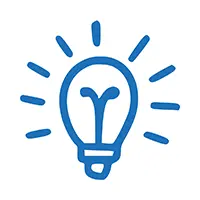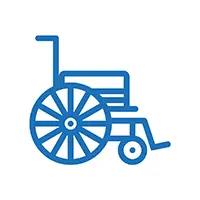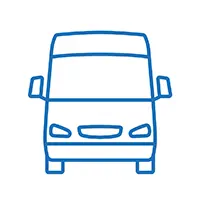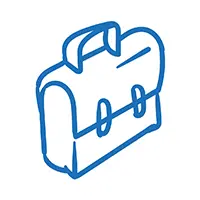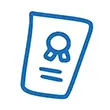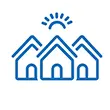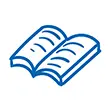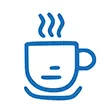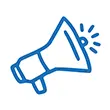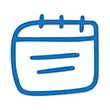Published 08 November 2023

It's essential that communication leaves no one behind.
You can help pave the way for individuals with different disabilities to be a part of the conversation.
Back in 2018, the New Zealand Ministry of Social Development (MSD) introduced The Accessibility Charter. This allowed organisations to pledge to meet the 'Accessibility' aspect of the 'United Nations Convention of the Rights of Persons with Disabilities.' This promise included ensuring that communication adheres to web usability standards and is available in accessible formats.
For disability communications, here are some of the key accessible formats to focus on:
1. New Zealand Sign Language (NZSL): This visual language of gestures is the primary language of New Zealand's Deaf community. Use NZSL to communicate with and include Deaf and hard of hearing individuals.
2. Easy Read: Designed to simplify complex information, Easy Read breaks it down into simpler terms and visuals. It's great for people with cognitive disabilities and those who struggle with complex language.
3. Braille: A tactile writing system of raised dots, Braille is used by people who are blind or visually impaired. It supports independent reading and writing.
4. Large Print: Designed for those with low vision, large print materials feature bold text that's easier to read.
5. Audio: Essential for individuals who are blind or visually impaired. Audio provides spoken descriptions, instructions, and information on various subjects. It's a lifeline for reading, navigation, and technology use.
6. Captioned and Audio Described Videos: Part of digital best practice, these formats make information more accessible and versatile.
7. Transcripts: Written records of spoken or audio content. These are perfect for those with hearing impairments or those who prefer reading over listening. They do serve many purposes, from documentation to convenience.
8. Telephone Information Service (TIS): An automated system for delivering recorded information to callers. It offers a cost-effective and accessible way to provide information and services over the phone.
Read more about why these formats are essential and how to get training at Accessible Communication Formats » Firstport


